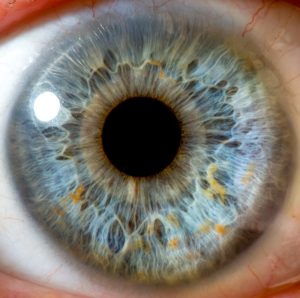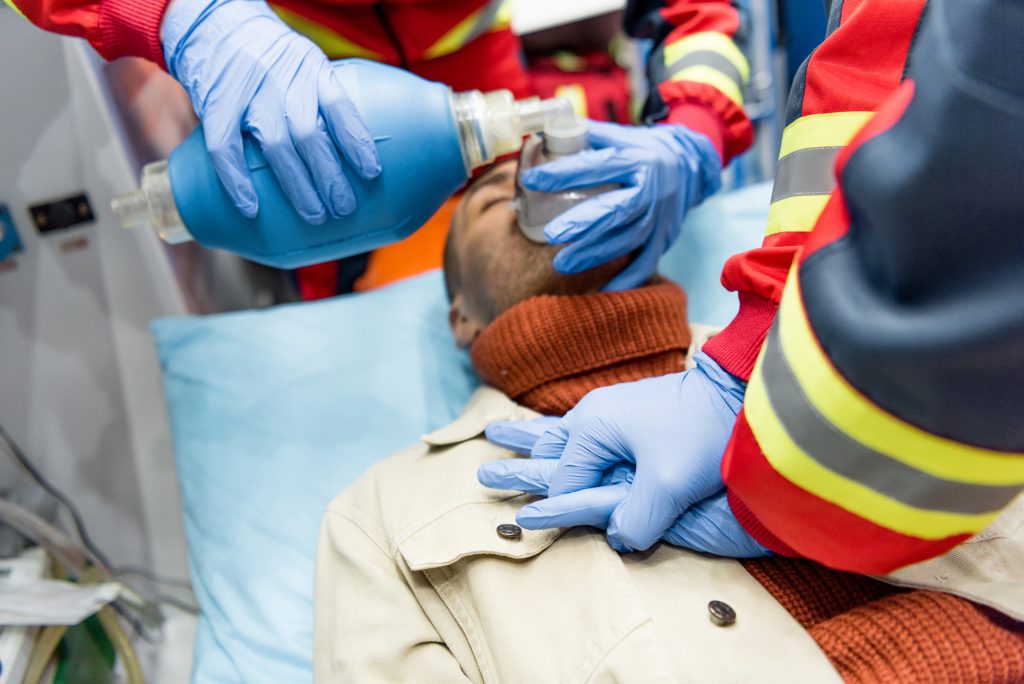 Written by Veronica Turner
Written by Veronica Turner
If you have a mental health condition like PTSD or trauma-related anxiety, it can be challenging to find a therapy that works best for you. But by learning about the various options out there, you can make a more informed decision.
Two effective methods are brainspotting and Eye Movement Desensitization and Reprocessing.
In the following guide, we will take a closer look at these two powerful techniques and delve into their workings, benefits, similarities, and differences, so you can determine which one is best for your personal therapeutic journey.
What Is Brainspotting?
Brainspotting is a type of therapy designed to help individuals to access, process, and overcome trauma.
Using a technique known as “dual attunement,” the therapist guides you in locating eye positions—also known as brainspots—that correlate with internal emotional experiences. It’s believed these brainspots are reflections of different areas of your brain. The concept behind brainspotting suggests that our brain processes information about traumatic events visually.
For instance, when pointed toward a particular direction, your eyes may trigger memories of distress or discomfort. Focusing on these points can help to unlock and process unresolved issues at a deeper level than traditional talk therapy offers.
Brainspotting can effectively assist with various conditions such as anxiety disorders, PTSD, physical or emotional trauma, and performance issues. Furthermore, it can potentially aid in the recovery from substance abuse or addiction.
Tailored to meet individual therapeutic needs, brainspotting caters to each person’s unique healing pace and style while promoting self-awareness and personal growth. Therefore, brainspotting can be enormously beneficial for people struggling with numerous emotional challenges.
What Is EMDR?
Eye Movement Desensitization and Reprocessing, or EMDR as it is more commonly known, is another therapeutic technique aimed largely at relieving the distress associated with traumatic memories.
This type of therapy involves recalling distressing events while the therapist directs your eye movements.
The process of EMDR is unique because it can bring about rapid and effective relief from trauma-related symptoms. It does this by allowing your brain to reprocess the experience in a way that more effectively mitigates emotional and physical responses.
EMDR is highly beneficial for a range of conditions such as post-traumatic stress disorder, anxiety, panic attacks, and even disturbing life experiences that aren’t necessarily categorized as ‘trauma.’
One of the profound benefits of EMDR therapy is its ability to let individuals fully process past traumatic experiences and move forward in their lives. It has been widely acclaimed for its effectiveness in aiding recovery after psychological traumas, providing a path toward healing and well-being.
The Similarities of Brainspotting and EMDR
Now, let’s look at brainspotting vs. EMDR.
Both brainspotting and EMDR are gaining significant traction for their effectiveness in treating trauma and other distressing conditions. They share several of the same fundamental characteristics in how they operate.
For instance, both therapies tap into the body’s natural ability to self-heal by processing and releasing traumatic memories.
Additionally, each therapy requires the individual to recall specific distressing events while the therapist uses a technique to guide their focus — eye movements in EMDR or specific eye positions in brainspotting.
Furthermore, both methods advocate for integrating traditional psychotherapeutic practices with more modern techniques for a comprehensive therapeutic experience.
The Differences Between Brainspotting and EMDR
While brainspotting and EMDR share similarities, there are distinct differences that set them apart too.
In EMDR, external stimuli such as finger movements or sounds direct the patient’s eye movements; while in brainspotting, the therapist helps the patient to identify a specific eye position that can trigger and process responses to traumatic events.
Additionally, the two modalities diverge in their pacing.
EMDR generally follows a more structured protocol and tends to be faster-paced, allowing for quicker processing of trauma. Conversely, brainspotting encourages a slower, more individual-paced approach, offering time for the exploration of deeper emotional experiences.
How to Decide Which Method Is Best for You
Deciding between EMDR and brainspotting largely depends on your personal needs, comfort levels, and the type of trauma or distress you’re dealing with.
If you prefer a more structured approach with quicker results, EMDR might be the right pick for you. However, if you value a slow-paced method that allows more time for exploring deep-seated emotions, brainspotting could be the better option.
It’s advisable to speak about both techniques with a mental health professional who is knowledgeable about both methods. They can provide guidance based on their understanding of your unique situation and help you to make an informed choice.
Author Bio.
Veronica Turner is a health and lifestyle writer with over 10 years of experience. She creates compelling content on nutrition, fitness, mental health, and overall wellness.
Please also review AIHCP’s Health Care Life Coach Certificate program and see if it meets your academic and professional goals. These programs are online and independent study and open to qualified professionals seeking a four year certification.

 Written by Sam Darwin
Written by Sam Darwin